Indigenous peoples’ territories are home to the world’s remaining forests and these comprise
80% of the planet’s biodiversity. More than 100 million indigenous peoples in Asia depend
on forests and other natural resources for their subsistence, livelihoods, cultural practices
and overall wellbeing. The indigenous peoples live in remote areas, which are geographically
vulnerable to disasters, thereby increasing the risk that they face. The high level of risk to
disasters is further compounded by the indigenous peoples’ lack of access to basic facilities
and infrastructures, their economic marginalization and social discrimination, and further
imposition and incursion of development projects...
The Nineteenth Conference of Parties (COP 19) to the United Nations Framework
Convention on Climate Change (UNFCCC) recognized the importance of incentivizing
Non-Carbon Benefits (NCB) for the long-term sustainability of the implementation of
REDD+ activities. This decision has long-term implications for indigenous peoples in
Asia especially in relation to the recognition and exercise of their collective rights over
their forests. Asia is home to two-thirds of the world’s estimated 350-400 million indigenous peoples. More than 150 million of them are found...
Women – both indigenous and non-indigenous – have actively engaged in international
and national REDD+ processes to raise their concerns regarding the potential negative
impact of REDD+ on women, and to assert their right to equally participate in
negotiations, planning and implementation of REDD+. Indigenous women share many
of the basic concerns and needs with their non-indigenous sisters but their situation
as women in indigenous societies sets them apart from those who are part of the
mainstream society, and their needs and concerns are often different. Their concerns...
The decision of the Nineteenth Conference of Parties (COP 19) to the United Nations Framework Convention on Climate Change (UNFCCC) requires that the Parties submit the most recent summary of information on how all social and environmental safeguards have been addressed and respected in order to be able to access results-based finance. However, it does not provide clarity on how effectively and to what extent these safeguards should be addressed. It also lacks information on ways to redress potential violation of indigenous peoples’ rights resulting from REDD+ activities...
Across South and Southeast Asia a large number of people depend for their livelihood and food security fully or partly on shifting cultivation. The actual number of these people is not known. Since reliable data does not exist, only rough estimates can be made. For Southeast Asia, the number of shifting cultivators has been estimated to lie between 14 and 34 million people. For South Asia no such estimate was made, but there too, shifting cultivators must number at least several millions. The majority of the people practicing shifting cultivation in South and Southeast Asia belong to ethnic groups that are referred to as...
For many indigenous peoples, climate change is already a reality. Melting ice sheets in the Arctic makes hunting sea mammals and fishing difficult and risky, erratic rainfalls reduce productivity of fields and pastures, storms and floods destroy crops and homes. While indigenous peoples’ diverse and resilient livelihood systems have enabled them to survive in often harsh and forbidding environments, the speed by which climate is changing is putting to the test the abilities of indigenous communities to adapt...
While governments around the world continue to debate about policies and practices to address climate change solutions, they pay little attention to the situation of indigenous peoples who are among those most affected by climate change on the ground. Thus indigenous peoples are compelled to act and respond immediately to climate change impacts to reduce or minimize risk on their livelihoods. However, they still have very limited access to information and government facilities in terms of financial or technological support at the national and local levels...








